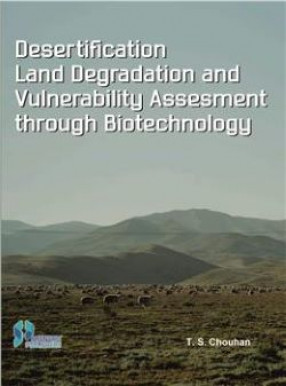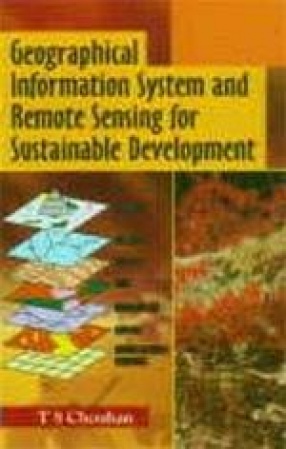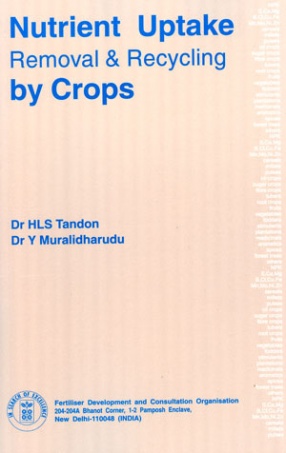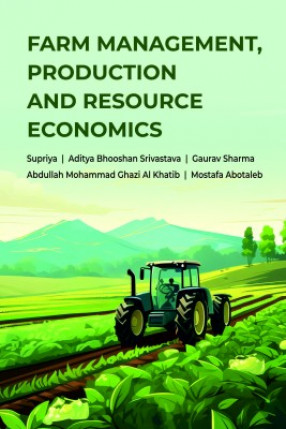Desertification Land Degradation and Vulnerability Assessment Through Biotechnology
Contents: Preface. 1. Introduction. 2. Environment state. 3. Indicators of desertification. 4. Degree and extent of desertification. 5. Process and causes of desertification. 6. Biotechnology for combating desertification. 7. Biotechnology and mitigation measure for desertification. 8. Mitigation technologies and approaches. 9. Studies of agro-ecological regions. 10. Strategy and planning for combating desertification and land degradation. Bibliography.
Desertification is a human and social problem which is not susceptible to quick solutions, but is already urgent in arid, semi-arid and sub-humid dryland regions, Desertification commonly appears as degradation of plant, animal, soil and water resources and general loss of biological productivity in areas under ecological stress. In fragile ecosystems, degradation can easily become irreversible and permanently reduce the capacity of the areas affected to support human life.
Bio-technology has most important role in effective mitigation of desertification and all degraded lands are possible to be treated through these devices. Application of bio-technology in the field of agriculture relates mainly to improvement in production and productivity. Food and nutrition situation depend on land, water and energy resources which are generally limited. The biotechnology addresses research aimed at increasing production, higher nutritional value, greater plant resistance to adverse weather conditions, pathogenic agents and pests. The contribution of plant genetics in recent discoveries in molecular biology and exploitation of certain characters peculiar to plants.
Get it now and save 10%
BECOME A MEMBER









Bibliographic information